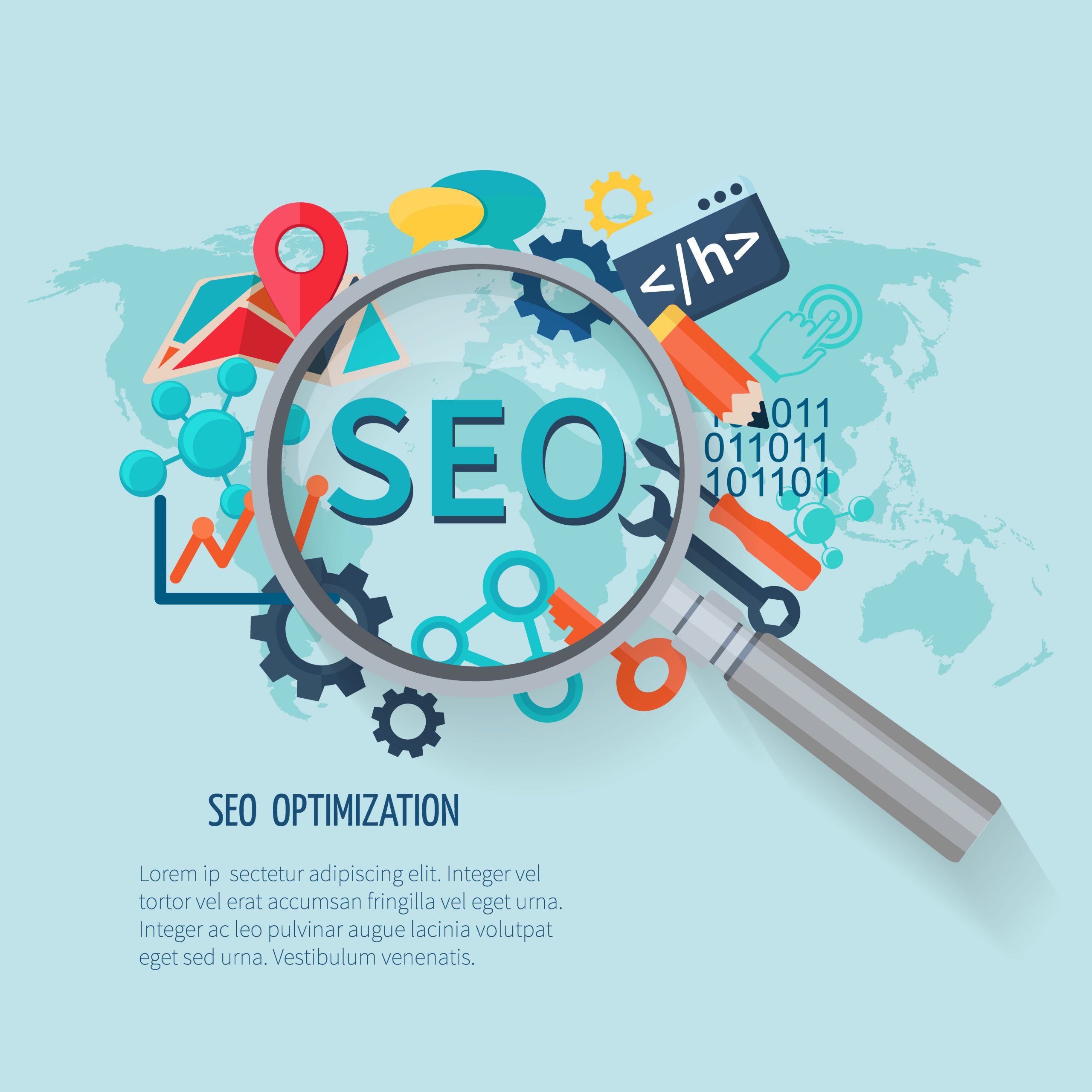Why On-Page SEO Matters:
Numerous tactics make up search engine optimization (SEO). Broadly categorized are a) On-page SEO and b) Off-page SEO.
When someone mentions boosting their SEO, they typically imply on-page SEO. Let’s discuss the definition of on-page SEO in more detail and why it plays a crucial role in contemporary online marketing.
What is on-page SEO?
What exactly is on-page SEO optimization? On-page SEO aims to increase organic traffic and raise rankings of SERP (search engine results page). This entails providing relevant and quality content and photos and optimizing a page’s HTML, internal links, and metadata (meta title, meta description, and keyword density.)
Similarly, search engine ranking criteria are outside the site owner’s control, known as off-page SEO. The SERP ranks of a website can be influenced directly or indirectly by factors such as social media, brand mentions, backlinks from other websites, and shares.
Because on-page SEO is based on the page’s actual content, anything on the website has the potential to have an impact on SEO. This includes text, metadata, multimedia content, HTML code, CSS, JavaScript, and more. Although marketers frequently refer to the primary text of the website when using the word “content,” this is generally referred to as content.
In either case, since this is the primary area of attention for search engines, any SEO marketing approach should center on it.
What makes on-page SEO so crucial?
To determine whether a search query is relevant to your site, search engines assess your website and the information linked to it with the aid of on-page SEO. To better comprehend a searcher’s purpose and provide appropriate search results for that user, Google is continually tweaking its algorithm. Your website must evolve along with Google’s algorithm to ensure that your website ranks high.
Your website and all of its content, including what is accessible to people (such as media, content, and photos) and what is visible to search engines (such as HTML and metadata), must be optimized according to the most recent techniques employed by businesses like Google and Bing. Search engines can comprehend your website and determine how to rank it in this way.
The on-page SEO of a website should be optimized regardless of the size of your company. One of the most prominent digital marketing methods is SEO, which is still used today due to its consistent return on investment. Its comparatively low cost and long-term benefits can help websites thrive and bring in passive visitors for years. On-page SEO gives the best ROI of almost any digital marketing tactic.
Nearly 40% of online sales are derived from search traffic, which accounts for 50% of all website visits from search engines like Google and Bing. More than 32% of keyword traffic on Google goes to the first result, and up to 91.5% of traffic comes from the first page of search results.
On-page SEO is significant. Without it, your website would miss opportunities to rank for search terms related to your industry. Without an SEO strategy, competition may push your website down in search results. This is a major factor in the hiring of an SEO service.
What components of on-page SEO are the most crucial?
In addition to the previously described on-page SEO techniques, a site’s success depends on several additional factors. For an on-page strategy to remain effective, these must be optimized. Writing quality content, metadata, and internal linking are the three basic methods for accomplishing this.
Metadata
Your page’s title tag and meta description, used in search engine results to list your pages, may be found in the HTML code of any page containing your metadata. The meta title and meta description are all found in the link to that page when you use a search engine to look for a query. Optimizing your metadata with relevant keywords and thorough content will make it easier for users and search engines to understand what your page has to offer.
Website Content
The words on your website are connected to the keywords in your metadata via well-written content. Both the search engine’s inquiries and users’ demands will be satisfied by well-written content incorporating the right keywords. Other aspects of marketing can benefit from content marketing as well.
Google has provided guidelines for websites and organizations to generate EAT-friendly material for Google results. This refers to content that is Expert, Authoritative, and Trustworthy. While content is a specific ranking factor for on-page SEO, EAT is not. Ensure that your material is high caliber and focused on your target keywords’, meaning and intent. According to Google’s Webmaster Guidelines, the following types of material are appropriate:
- Build a website that is informative and helpful, and produce pages that accurately and concisely represent your topic.
- Consider the search terms visitors would use to reach your pages and make sure those terms are used on your site.
- Allow all site assets that might significantly affect page rendering to be crawled to assist Google in properly grasping the contents of your website, such as CSS and JavaScript files that impact page understanding.
- Create pages with users and not search engines in mind.
- Be sure to inform your customers.
- Consider what makes your website special, valuable, or interesting. Make your website unique compared to others in your industry.
Internal Links and Site Organization
A search engine must be able to crawl your website properly, so it needs to have a certain structure. Engines will be able to direct a user to a page relevant to their query if your site has easy-to-use navigation bars, footers, and anchor links. If your website is difficult to navigate, the search engine may have trouble finding the pages on your website.
According to Google’s Webmaster Guidelines, a site should have a “clear conceptual page hierarchy,” and significant links should be simple to crawl for Googlebot to index.
What on-page are SEO techniques available to you to raise your rankings?
To improve your page rankings in the SERP, you must optimize your website for search engines. You should be aware of the most crucial on-page SEO components to comprehend on-page SEO best practices.
An excellent SEO rule of thumb is concentrating on your audience and considering their wants. The main driving forces behind starting your SEO campaign should be user intent and user demands. In reality, Google has emphasized SEO and user experience as crucial components of its ranking algorithm.
User purpose
This is the primary objective a user has in mind when they enter a search term into a search engine. Being able to match your keywords to the content on that page is the aim of understanding user content. If someone looks for “running shoes,” for instance, are they looking to start running, or are they just interested in learning more about them?
Being detailed in your metadata is crucial in this situation.
Keep user intent in mind when commencing your keyword research and implementing your on-page SEO changes. To get the best outcomes, working with an experienced SEO team or agency can aid with useful keyword research and integration.
Ensure your plan meets client needs as much as it does, enhancing SEO as you develop your metadata and website content.
Mobile compatibility and responsiveness
In this day and age, mobile SEO is especially crucial. When developing a website, it’s important to consider all platforms, including desktops and mobile devices, and avoid creating a site that is only optimized for one. Your search engine results will then reflect this, so if a user conducts a mobile search for a query, your mobile-friendly website will appear higher than those that are less mobile-friendly.
The subject of mobile-friendliness is broad and complex. It would be impossible to go into all the factors determining mobile-responsiveness here. However, you’ll succeed if you make your mobile site user-friendly, simple to use, quick, and speedy, with content that roughly mirrors that of your primary site.
Web site security
Site security at this time is a no-brainer (like with an HTTP protocol). But many websites continue to operate without the appropriate website security. Security has been a key component of Google’s ranking algorithm since 2014 when it was added as a signal to encourage users to visit more secure websites.
Enhancing UX
Site structure, easy-to-use navigation, site speed, and design, all function as SEO signals. Web designers should pay attention to these on-page components to improve their sites. Consider strategies to enhance your website’s design so visitors will encounter the pages’ primary material more effectively.
BeeSeen Solutions:
BeeSeen Solutions is a full service digital marketing and strategic advice partner agency that provides a complete optimization solutions for your online and digital presence. With Beeseens’s expert team by your side, you will enjoy the benefits of better ranking on Google and a wider reach to your target audience.

